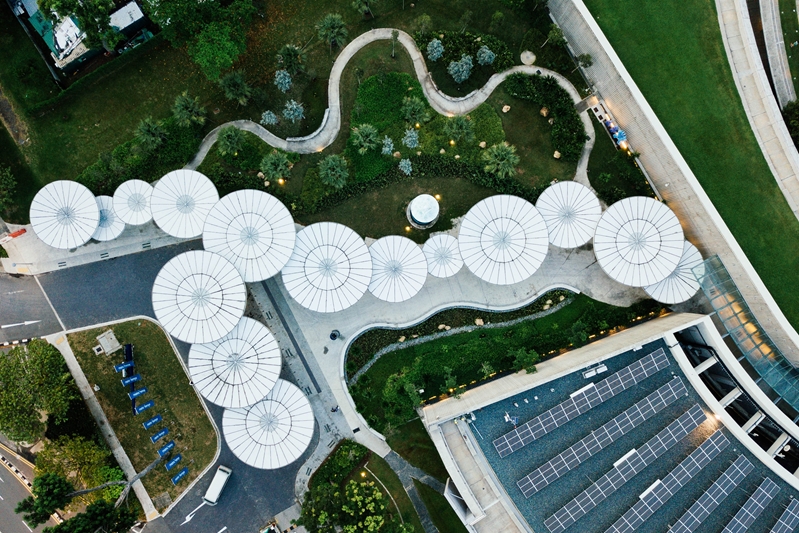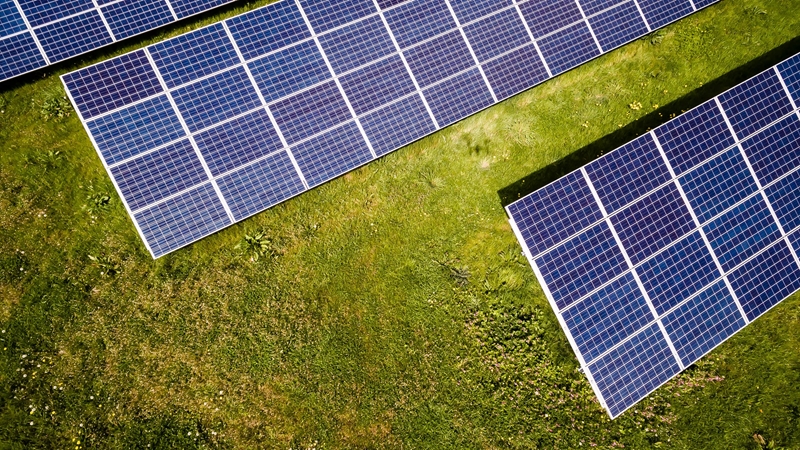An expert’s view on renewable energy storage in the Pacific
How will Pacific nations meet their renewable energy targets? Most countries in the region aim to have 50 per cent of their energy coming from renewable sources by 2020, but a longer-term view casts some doubt on the systems many organisations are implementing.
At the core of this is reliance on Lithium-ion battery storage, which may not have the best long-term benefits for Pacific nations. We spoke to Peter McGill, General Manager of ECOLight, for more information on renewable energy in the Pacific.

Why the Pacific needs better energy storage
"The push towards renewable energy targets has meant, for the most part, one thing: solar," Peter notes,
"Over the last two or three years, demand for solar arrays in the Pacific has skyrocketed, with a lot of funding coming from aid organisations across Australia and New Zealand."
While this is excellent, Peter notes that issues arise when solar energy systems are used in conjunction with existing diesel-based infrastructure.
"Solar is good, but it's intermittent – every time a cloud passes overhead, your generation dips and you switch to a spinning reserve of diesel. It means you end up with really uneven voltage and frequency in your power."
By implementing better energy storage systems, Pacific nations can establish that stability and move closer to their targets. However, the kind of storage that countries should use is a point of contention.

The problem with Lithium-ion
Lithium-ion batteries are the most popular method of renewable energy storage across Pacific nations. But as Peter notes, they may not be the most efficient.
"Lithium-ion batteries are essentially the same as what you get in cellphones, which means they have some of the same problems. One of these is the depth of discharge – the more you fully charge and fully empty a Lithium-ion battery, the shorter the total battery life becomes."
"You also run into long-term problems with warranties, which will typically run from seven to 10 years. However, these batteries have big brand associations, and are more of a household name – so they have the biggest market penetration across Pacific nations."
Going with the redox flow for renewable storage
For a longer-term view, he believes vanadium redox flow battery storage is the way to go. This is a kind of rechargeable battery that runs on vanadium (an electrolyte), using fluid rather than cells to store energy. While they have a higher initial capital outlay to install, Peter believes they are the future of renewable energy storage.
"With redox flow battery storage, you have a much better depth of discharge – a battery can be reused as many times as you need without total life decreasing. You also typically get a 25-year warranty – three times as long as some Lithium-ion products."

"Best of all, redox flow battery storage can actually control the power grid. It can charge and discharge as required, turn generators on when needed, and replace the diesel spinning reserves, putting any surplus energy directly into storage. This quite literally smoothes out consistency issues in a lot of Pacific power grids."
The other big benefit Peter notes is portability. With minimal infrastructure in many remote areas of the Pacific, it can be difficult to set up renewable power storage. He works with redT, who produce modular redox flow batteries that can be transported and set up in even the most remote location.
Many Pacific nations are leading the way in renewable energy, pushing closer and closer to long-term targets. By reviewing existing battery systems ad their long-term workability, they can go even further.







